I would like to know how to represent the Dirac delta function as source term in Fipy. I want to solve the following equation

I have tried the following code
from fipy import *
nx = 50
ny = 1
dx = dy = 0.025 # grid spacing
L = dx * nx
mesh = Grid2D(dx=dx, dy=dy, nx=nx, ny=ny)
phi = CellVariable(name="solution variable", mesh=mesh, value=0.)
Gamma=1
delta=1 # I want knowing how to make this right.
eqG = TransientTerm() == DiffusionTerm(coeff=Gamma)+delta
valueTopLeft = 0
valueBottomRight = 1
X, Y = mesh.faceCenters
facesTopLeft = ((mesh.facesLeft & (Y > L / 2)) | (mesh.facesTop & (X < L / 2)))
facesBottomRight = ((mesh.facesRight & (Y < L / 2)) |
(mesh.facesBottom & (X > L / 2)))
phi.constrain(valueTopLeft, facesTopLeft)
phi.constrain(valueBottomRight, facesBottomRight)
timeStepDuration = 10 * 0.9 * dx ** 2 / (2 * 0.8)
steps = 100
results=[]
for step in range(steps):
eqG.solve(var=phi, dt=timeStepDuration)
results.append(phi.value)
The code is working but I want the exact Dirac delta function. I looked up the numerix module but couldnt find such function. Sx1 and Sy1 are constants. Am using python 2.7